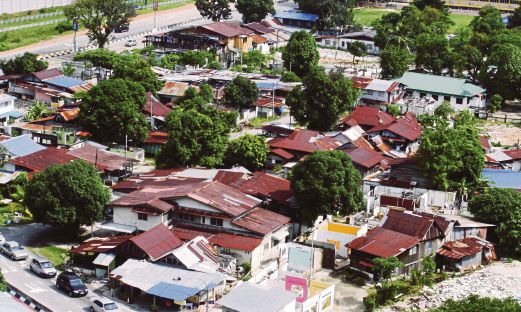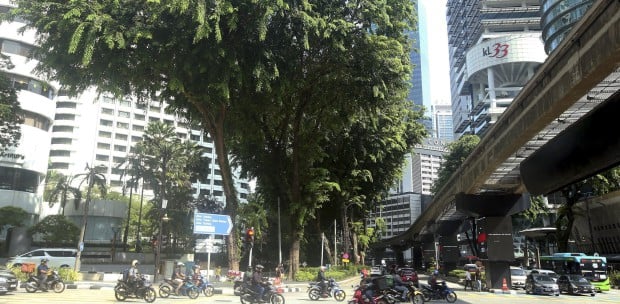AN effort by the Penang government to draw up an inventory of some 2,508 buildings, monuments and sites on the island to safeguard them as heritage assets could not be more timely.
The exhaustive list was compiled by state-owned George Town World Heritage Inc (GTWHI) based on a recent survey it carried out. It also incorporated findings and data of past inventories from seven years ago, as well as records from the national and state archive boards, state museum board and site visits.
Apart from notable icons like the Penang Prison, Penang Botanical Gardens, Penang Free School, Penang Governor’s residence Seri Mutiara and the former Runnymeade Hotel, Suffolk House, several houses of worship, art deco homes and eclectic shophouses have also found their way onto the draft inventory list.
Also identified with the potential to be listed as heritage sites are traditional Malay villages like Kampung Teluk Bahang, Kampung Batu Uban, Kampung Masjid Teluk Kumbar and Kampung Tanjung, which were all established in the 1700s, and Kampung Bagan Jermal, Kampung Kongsi, Balik Pulau and Kampung Kelawai, which were set up in the 1800s.
But missing on the list of villages that should be saved is the 150-year-old Kampung Siam in Pulau Tikus, which was under the media spotlight recently.
The heritage village and its residents are now facing the threat of eviction and demolition as the land has reportedly been earmarked to make way for a hotel project.
The 1.6ha plot has 17 houses and is also home to a Siamese cemetery and Myanmar-styled Buddhist temple.
Also making the news is the site of the former Runnymede Hotel in Jalan Sultan Ahmad Shah, which was built in 1921 and used as a base for the British army in 1940, after which it was handed over to the Malaysian government.
The site, which is being earmarked for the development of office blocks and a hotel, is home to several heritage buildings that are currently in a state of neglect and disrepair.
It is learnt that once all the sites identified by the state are properly inspected, several proposals will be put in place. They include gazetting all 2,506 the buildings, sites and monuments in order to control development and retain the image of the assets.
There is an urgent need to gazette all structures and sites identified and for a second look to be given to some others that may have not made the cut onto the draft inventory list.
It is commendable of the state to have identified historically-rich spots that need to be saved and proposed measures to safeguard these assets.
Notable are those measures taken to get landowners to repair and restore their heritage properties.
While the previous and current moves by landowners and their trustees in transacting property deals are out of the state’s hands, it’s time to escalate measures to ensure that George Town’s and the state’s heritage assets are not further stripped and more “pages” torn from its history book.






